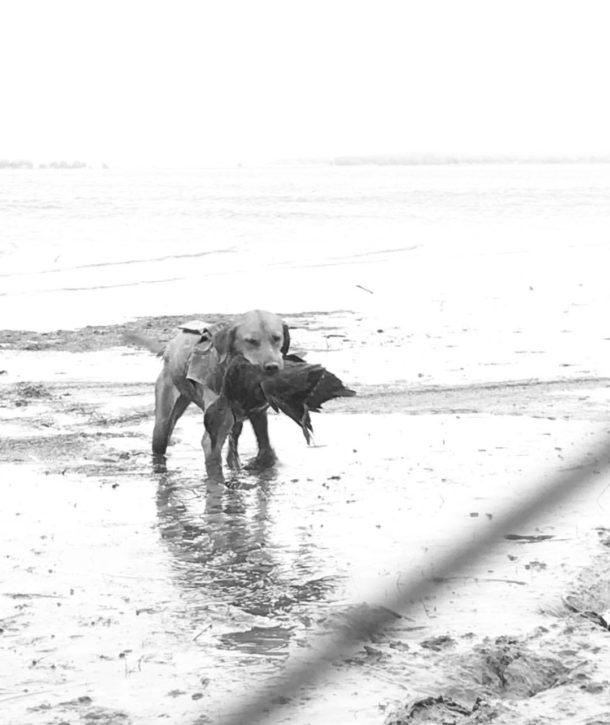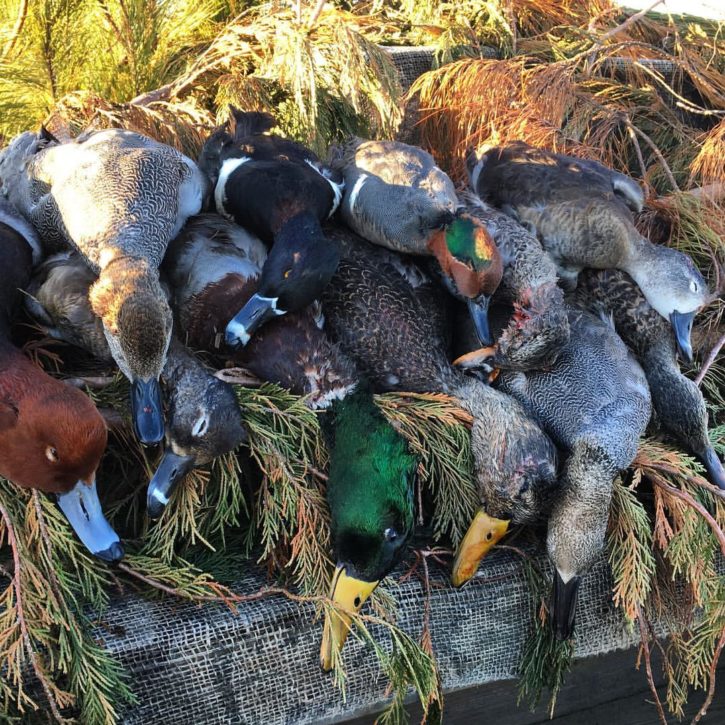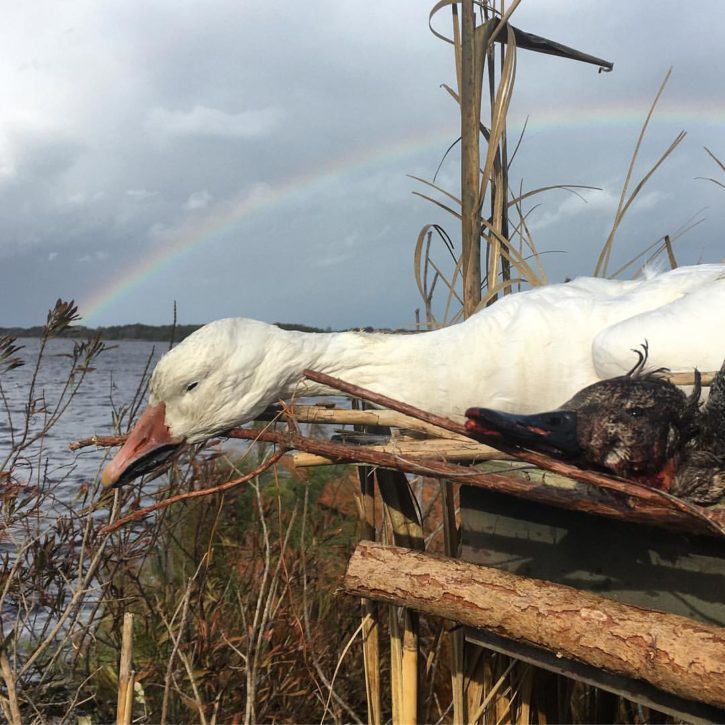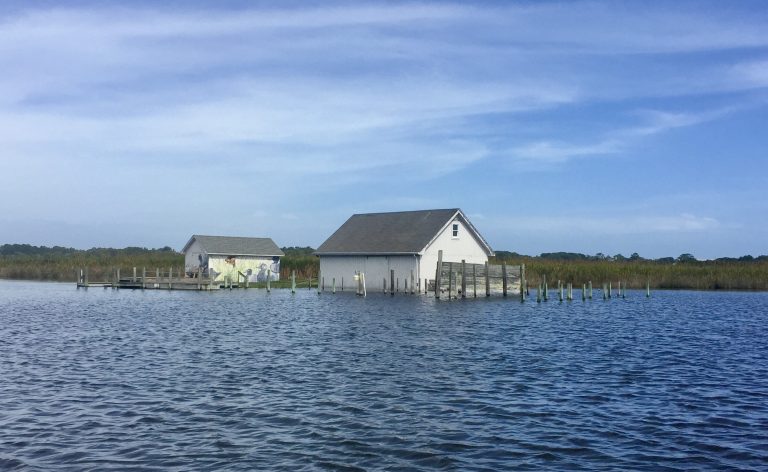Before the first European set foot in North America, Currituck Sound was already renowned as a hunter’s paradise. The many islands that dot the waters and lush vegetation growing beneath the surface of the water created a perfect rest stop for migratory waterfowl.
There is ample evidence pointing to how the Native Americans viewed the sound. Currituck is believed to be a corruption of the Algonquin word Coratank, meaning “where the wild geese fly.”
Sometime around 1825, Currituck Inlet closed for the last time. Almost immediately Currituck Sound became a freshwater estuary, and the subaquatic vegetation (the majority of the diet of waterfowl) exploded.
By the 1850’s, Currituck Sound had become legendary—although considered very remote.
Even 30 years later, northeastern North Carolina was still considered remote. ”None but the genuine lovers of the sport would travel so far ‘for a blaze of the feathers,’” Frank Leslie wrote in his Illustrated Newspaper in 1870.

Nonetheless, intrepid sportsmen from the north began coming to the Outer Banks for the hunting, and in 1857 a group of northern sportsmen led by New York City attorney Philo T. Ruggles bought 3100 acres for $1/acre and incorporated the Currituck Shooting Club. The club was the second hunting club incorporated in the United States, and the first in North Carolina.
Whatever enjoyment the club members may have gotten from their new land holdings was short-lived—with the onset of the Civil War, northerners were unwelcome and unable to travel to the South.
In 1867 the club reopened and was in continuous operation until the clubhouse burned down in 2003, making it one of the longest lasting hunting clubs in the United States.

The Currituck Shooting Club was just the first of many hunt clubs that would line the shores of the Outer Banks sounds.
It’s difficult to get an exact count, but there seems to have been over 100 hunting clubs from the Back Bay of Virginia, which is the northern point of Currituck Sound, to Hatteras Island. Most of the clubs were located in Currituck County.
It was an extraordinary economic boom for the area. Guides were in demand; the larger hunt clubs employed guards to insure only club members hunted on their property; the clubhouse had caretakers, cooks and groundskeepers.
The tales of how the clubs were founded have become legend. The Swan Island Club began its life in November 1870 when a group of hunters from Boston and New York encountered a storm off the Currituck Banks. The storm was so violent it reopened Currituck Inlet and the crew sailed into Currituck Sound seeking refuge. The inlet quickly closed after the storm, trapping the yacht and hunters. However, realizing how good the hunting was in Currituck Sound, they created what eventually became the Swan Island Hunting Club, using their yacht as a clubhouse.

For the most part a clubhouse was a simple wooden structure, although there were exceptions. After their yacht burned to the waterline in 1877, Swan Island members built a two story clubhouse. The clubhouse was the third iteration after another fire burned the replacement clubhouse.
The most opulent of the hunt clubs, the Whalehead Club, started life as a private residence. When local hunt clubs refused to admit Marie Louise LeBel, the wife of Edward Collings Knight, because of her gender, the couple built what was certainly the most lavish home anyone on the Outer Banks had ever seen.
After the Knights passed away in 1936, the property was sold to Ray Adams from Washington, DC who gave the property its name.
There are very few hunting clubs left on the Outer Banks. No one circumstance led to their demise. Certainly the decline in migratory waterfowl populations contributed, but ultimately rising property values and the tax burden on the 3000 to 9000 acres a club would own may have been a larger factor.

If they are gone, their legacy continues. There are the buildings, of course. The Whalehead Club and the home of Duck Village Books was once the Powder Ridge Hunt Club.
Although early harvest of waterfowl were obscene by modern standards, by the early 20th century, almost all clubs had established bag limits and a number of clubs began studying environmental factors in the life of waterfowl. Their work led directly to the formation of Ducks Unlimited.
And the Pine Island Audubon Sanctuary was once the Pine Island Club, but was donated to the Audubon Society by the membership.
